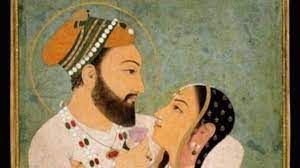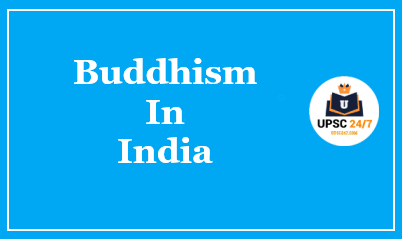Dara Shikoh | UPSC | Why In The News ?
The Ministry of Culture recently set up a seven-member panel of the Archaeological Survey of India (ASI) to locate the grave of the Mughal prince Dara Shikoh (1615-59).
- He is believed to be buried somewhere in the Humayun’s Tomb complex in Delhi, one of around 140 graves of the Mughal clan.
- Dara Shikoh is described as “one of the greatest free thinkers of that time”.
Who was Dara Shikoh?
- He was the eldest son of Shah Jahan.
- His father became the king when he was 12 years old.
- In 1633, he married his cousin Nadira Banu and did not marry ever again.
- In 1652, he became the governor of Kabul and Multan.
- He was perhaps not as successful a military man as much as a philosopher and intellectual.
- He was killed after losing the war of succession against his brother Aurangzeb.
- He is described as a “liberal Muslim” who tried to find commonalities between Hindu and Islamic traditions.

Dara Shikoh UPSC - He translated into Persian the Bhagavad Gita as well as 52 Upanishads.
- Dara Shikoh realised the greatness of the Upanishads and translated them, which were earlier known only to a few upper caste Hindus.
- Dara Shikoh was killed after losing the war of succession against his brother Aurangzeb.
- He is believed to be buried somewhere in the Humayun’s Tomb complex in Delhi, one of around 140 graves of the Mughal clan.
Titles Given To DaraShikoh :
- Shahzada-e-Buland Iqbal (“Prince of High Fortune”) was given to him by his father Shah Jahan
- The other title was, ‘Shah-e-Buland Iqbal (“King of High Fortune”)’
Dara Shikoh and Aurangzeb
- Some historians believe that if DaraShikoh were to rule the Mughal throne instead of Aurangzeb, thousands of people killed in religious conflict could have been saved.
- Avik Chanda’s book ‘Dara Shikoh, The Man Who Wooded King’ states that ‘Dara Shikoh’s personality was very versatile.
- He was a thinker, scholar, Sufi and a man with a deep sense of art.
- But at the same time he was an indifferent administrator and ineffective on the battlefield.
- While Shah Jahan kept Dara Shikoh away from military campaigns, Aurangzeb was given the command of a large military campaign at the age of 16.
About Humayun’s Tomb, Delhi:
- This tomb, built in 1570, is of particular cultural significance as it was the first garden-tomb on the Indian subcontinent.
- Commissioned by Humayun’s first wife and chief consort, Empress Bega Begum (also known as Haji Begum).
- Humayun’s garden-tomb is an example of the charbagh (a four quadrant garden with the four rivers of Quranic paradise represented), with pools joined by channels.
- It is also called the ‘dormitory of the Mughals’ as in the cells are buried over 150 Mughal family members.
- It is a UNESCO World Heritage Site.
Read also – Bhai Taru Singh UPSC
Source : Indian Express






